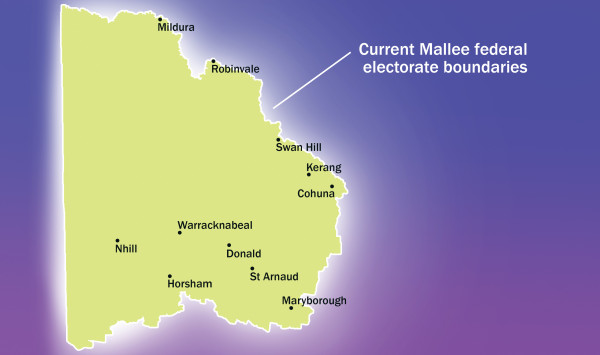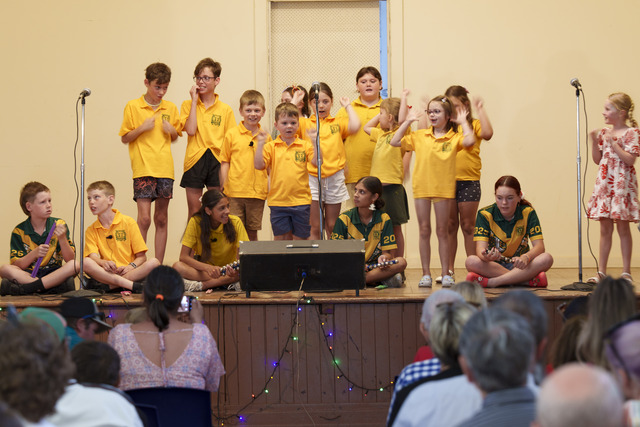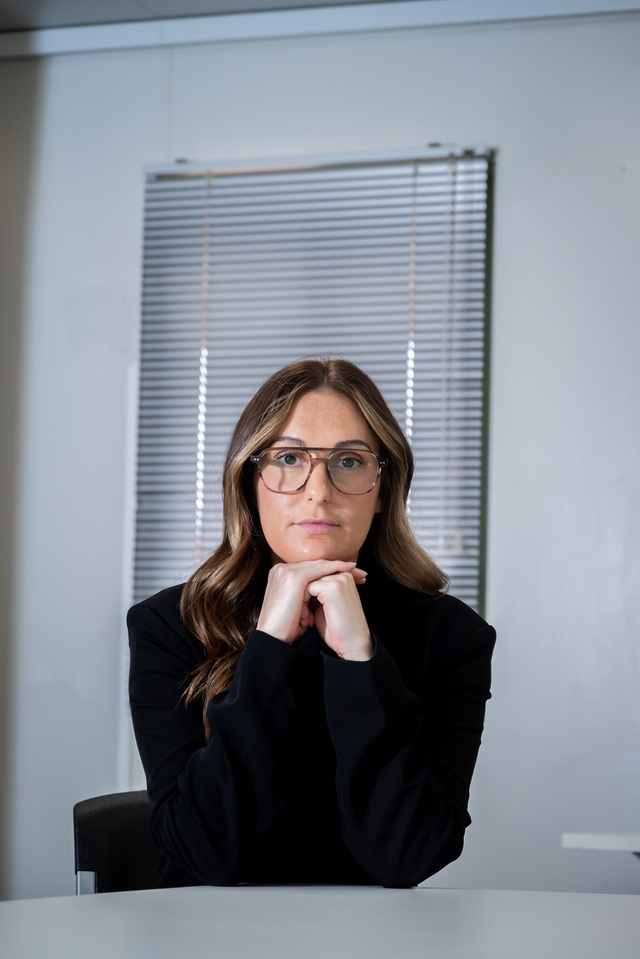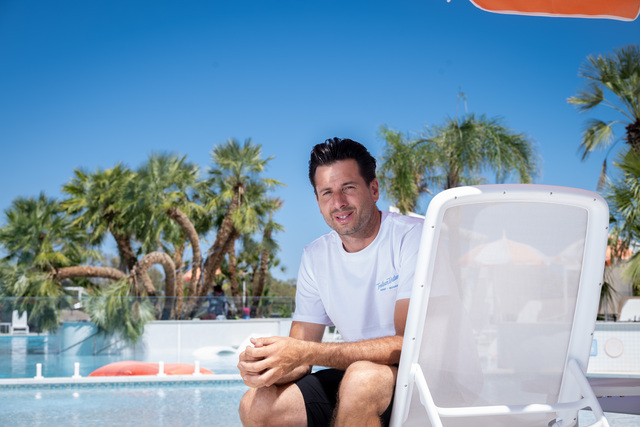MALLEE, Victoria’s largest federal electorate, could soon have its boundaries redrawn – and this time, it may even end up smaller.
The Australian Electoral Commission (AEC) this week began a redistribution process for Victoria, which is entitled to gain a seat because of population growth.
Mallee’s boundaries usually expand with redistributions, which happened in 2018 when Maryborough was added to the electorate.
However, because a new seat is being added and the short time since the last reshuffle, Mallee was expected to enter the process with an enrolment above “quota” – the number of electors each seat would have if carved up evenly.
This number, along with a projection of what enrolment will be in 2025, will guide the AEC.
The Tally Room election analyst Ben Raue expected Victoria’s new seat would be north of the Yarra River and likely on Melbourne’s north-west fringe.
ABC election analyst Antony Green, in a blog post, also concluded that north-west Melbourne was probable.
Mr Raue said seats with high population growth were likely to shrink to accommodate the new district, while the likes of Mallee could expect more minor changes.
“It’s not really a matter of picking one seat and splitting it in two, it’s more that you will see a gradual shift from each electorate until a new seat has been created,” he said.
“Usually the way you would draw a map is you would start on the edge of the state and make sure the seats on the edge of the state make sense and you would keep moving on.
“In the case of Mallee, you might cut off a bit of the eastern end of the seat and hand it on to the next seat – maybe it’s Ballarat, maybe it’s Bendigo.
“That has a knock-on effect and eventually, once there is enough people left over who don’t have a seat, you create an extra seat.”
Mr Raue said Mallee might end up with some tinkering on its southern and eastern borders.
“Probably Mallee will end up being roughly the same size – it might get a little bit bigger, it might get a little bit smaller,” he said.
“It might have less population but more land mass, or vice versa, I’m not sure, but I don’t think it will be too dramatic.”
In 2018, there were 39 objections to proposed changes in Mallee, many referring to Maryborough and the Central Goldfields municipality and its distance from Mildura.
The redistribution committee found placing Maryborough with Bendigo or Ballarat at that time would create “undesirable outcomes for elsewhere in the state”.
Mallee now covers 81,962 sq km.
A public suggestions process will start in September and a report on proposed divisions is due early next year.
The final determination was to be handed down on July 26 next year.
One name likely to Bob up
HAWKE is considered the frontrunner to be the name of Victoria’s next federal electorate.
The Tally Room election analyst Ben Raue said naming the state’s 39th seat after former Prime Minister Bob Hawke, who died last year, would fit with convention.
“We have a general practice in Australia that Prime Ministers get electorates named after them, but we also have a policy that we don’t name electorates after people who are still alive,” Mr Raue said.
“So that means usually when a prime minister dies, their name gets moved straight to the front of the queue.
“They don’t normally get a seat in the area they represented, because that’s not always possible, but they usually get a seat within the state they represented and Bob Hawke was a member from Victoria.”
The AEC in 2016 renamed the ACT electorate of Fraser in anticipation of a Victorian seat honouring Malcolm Fraser, which has since happened.
It was announced last month that population growth had increased Victoria’s seat entitlement from 38 to 39, triggering a redistribution.
Western Australia and the Northern Territory were each set to lose a seat, although an inquiry is looking into whether the NT should be guaranteed two Lower House MPs.
Mr Raue said the length of time the current redistribution would remain in place depended on future entitlement determinations.
“You have to have a redistribution at least once every seven years, so if the redistribution is complete in 2021 and nothing else happens until 2028, there will have to be another redistribution,” Mr Raue said.
“But every three years, we determine the number of seats each state is entitled to, and the reason we’re having this redistribution is because Victoria has gained an extra seat.
“It is possible, if Victoria’s population keeps booming, that in three years Victoria might be entitled to a 40th seat.”








